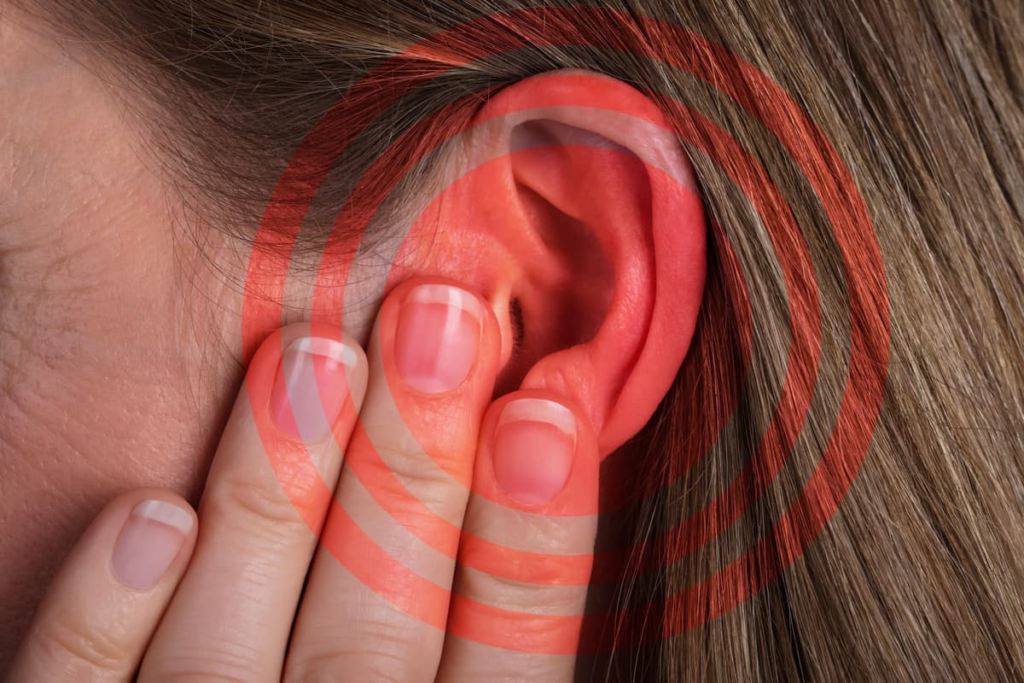By Bronwyn Thompson
Listen up: Researchers believe we can protect against hearing loss on a molecular level

Depositphotos
Scientists have discovered that a genetic mutation that triggers a molecular domino effect causing hearing loss mirrors the mechanism involved in noise- and age-related hearing loss. They believe that inhibiting the key player in this mechanism could instead protect all ears from damage and even prevent deafness.
Finding specific and important commonalities in animal and human studies, University of California San Francisco (UCSF) researchers found that Tmtc4 gene mutations trip a mechanism known as the unfolded protein response (UPR), which kills hair cells in the inner ear.
Humans, as well as all mammals, have two types of cochlear hair cells – inner and outer – and they play distinct but crucial roles in sensory communication. The inner-ear hair cells, which number around 3,500 at birth, turn cochlea fluid sound vibrations into electrical signals to be relayed to the brain, and once they’re damaged, they can’t regenerate.
The scientists discovered that targeting the activation of the UPR in hair cells – which occurs both in the genetic mutation and through lifestyle and age-related hearing damage, as well as drugs such as chemotherapy treatment cisplatin – may shield these precious sensors from death.
“Millions of American adults lose their hearing due to noise exposure or aging each year, but it’s been a mystery what was going wrong,” said co-senior author Dr Dylan Chan, from the UCSF Department of Otolaryngology. “We now have solid evidence that Tmtc4 is a human deafness gene and that the UPR is a genuine target for preventing deafness.”
When exposed to stimuli such as loud music or stadium crowds, the noise can bend the hair cells enough that it breaks them. The researchers believe this activates the UPR, essentially causing the cells to self-destruct, leading to permanent damage.
In this study, Chan partnered with Elliott Sherr, who’d earlier looked at the Tmtc4 mutation in young patients and in mice models. They found that the gene variant in both human and mice primed the hair cells to self-destruct, resulting in rapidly progressing hearing loss like what you’d normally see in age-related or noise-exposure damage. In all instances, hair cells were flooded with excess calcium, resulting in a malfunctioning of signals including UPR.
However, a drug developed at UCSF to reverse memory failure in traumatic brain injury was also shown to inhibit part of the UPR, protecting the inner hair cells from damage even when mice were exposed to potentially harmful loud noise.
The team hopes to develop a non-invasive drug that would dampen the UPR activation, shielding the hair cells from damage and, in turn, hearing loss.
An earlier study out of the University of Iowa also highlighted how targeting the regulation of chemical and electrical mechanisms in the inner ear has the potential to protect from hearing loss on a molecular level.
“If there’s any way that we can get in the way of the hair cells dying, that’s how we’re going to be able to prevent hearing loss,” said Chan.
The research was published in the Journal of Clinical Investigation Insight.
Source: University of California San Francisco

Leave a Reply